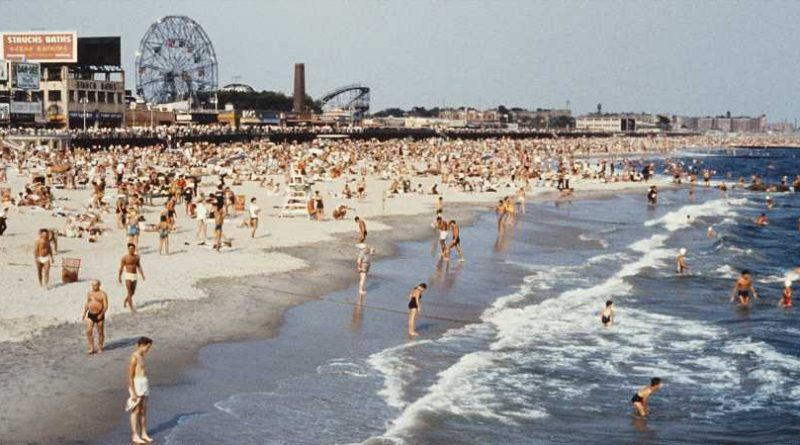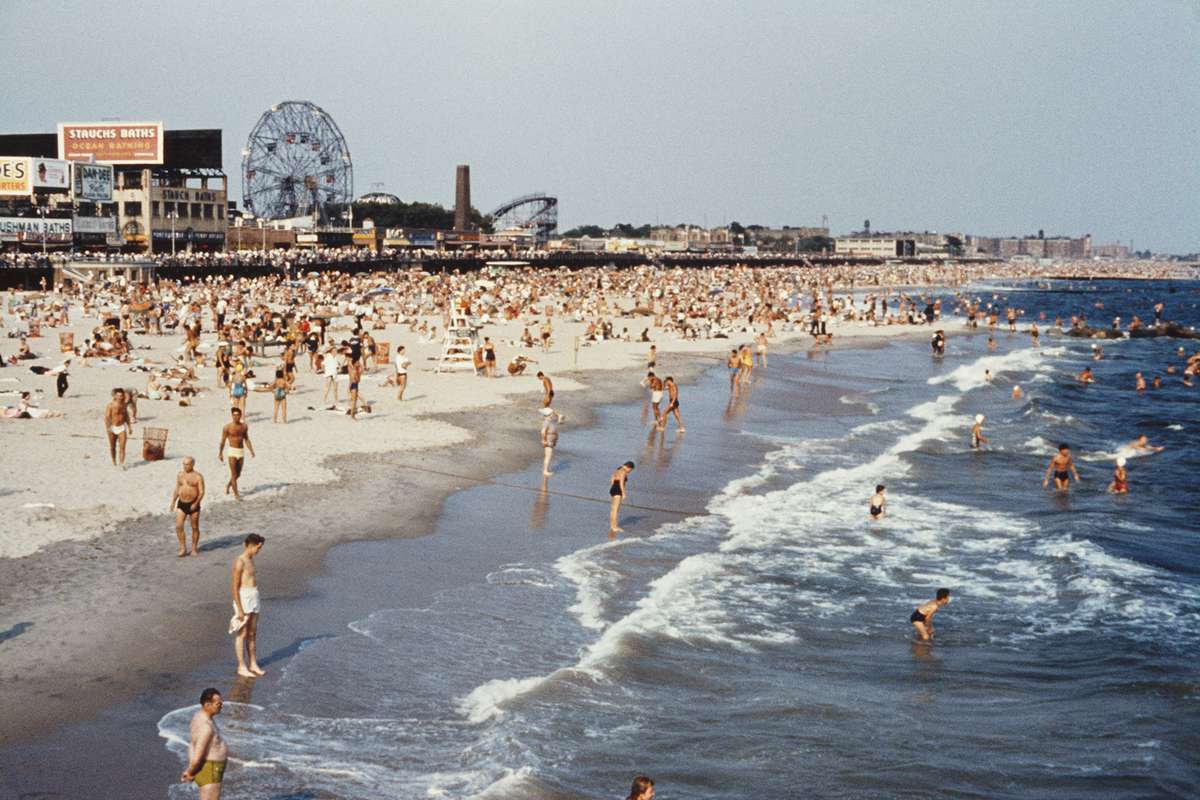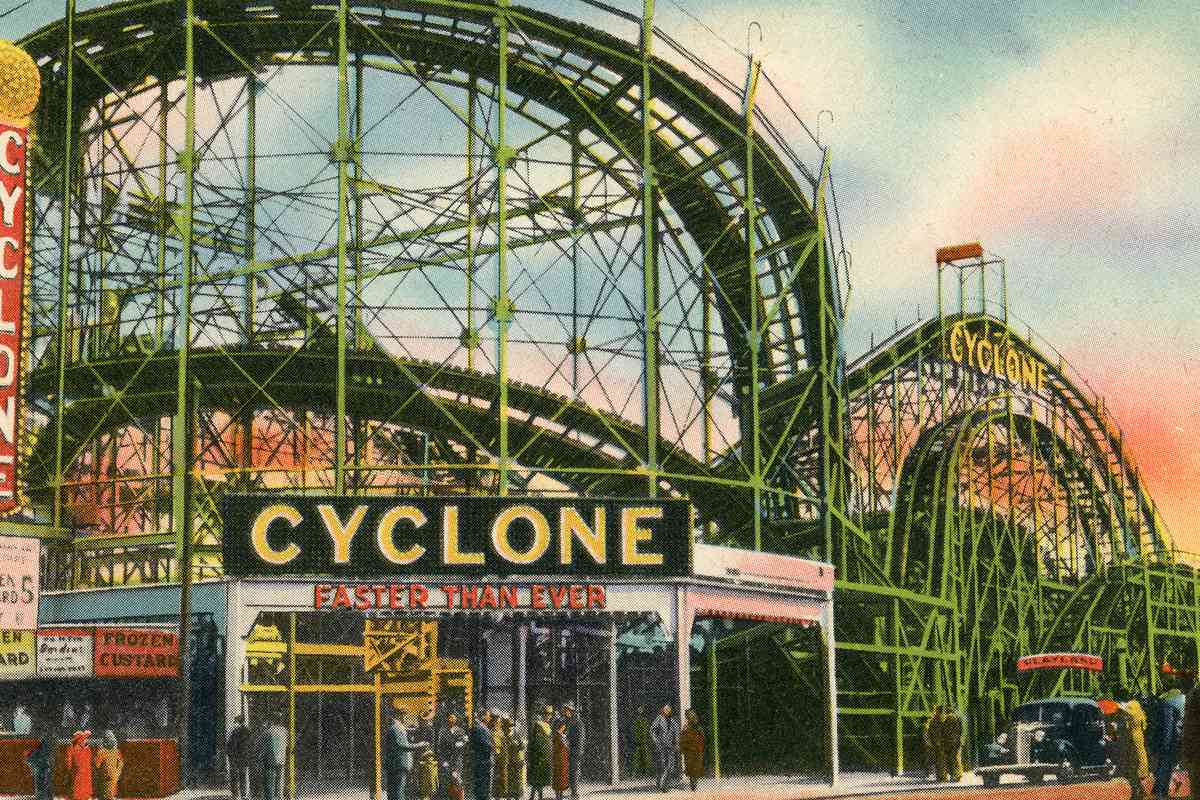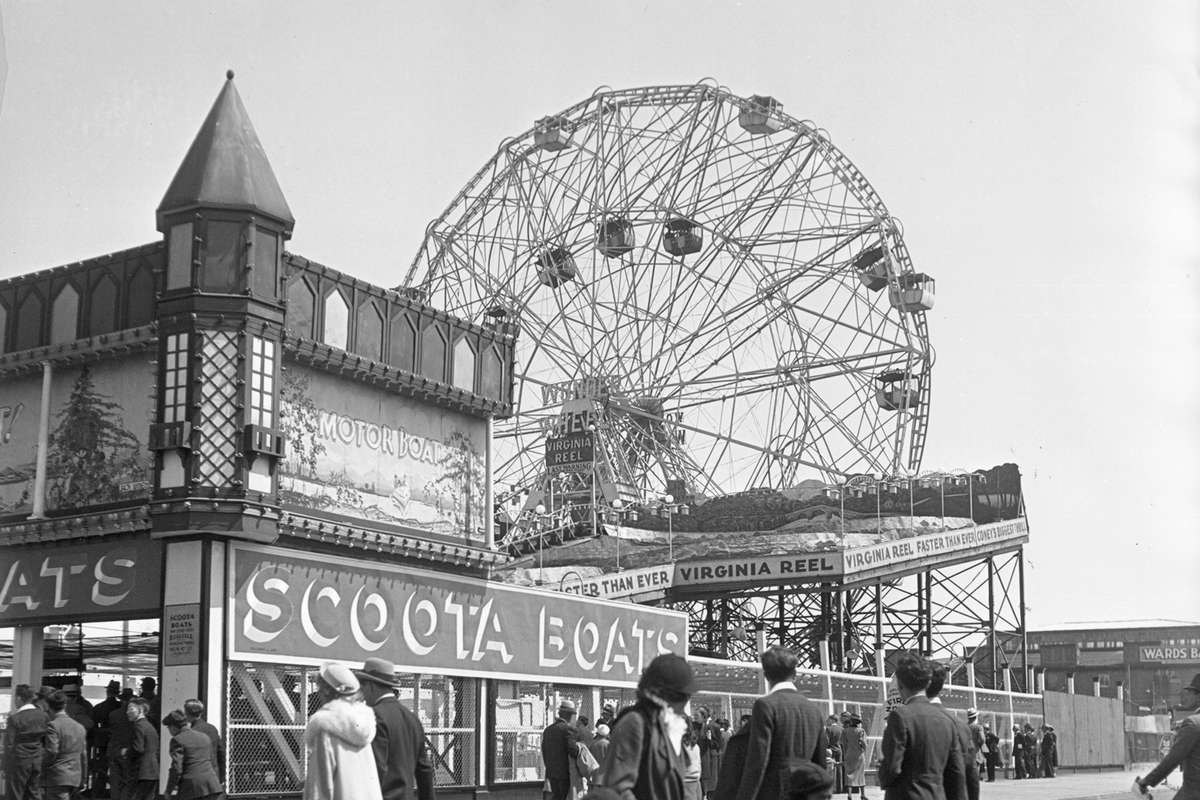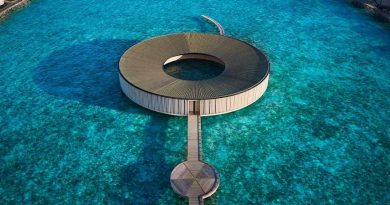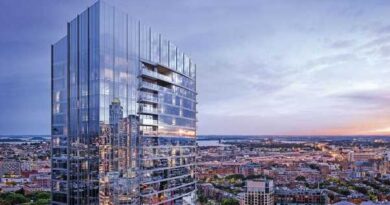How Coney Island Became the Place to Be on a Summer Day in New York City
There's no place in New York City more synonymous with summer than Coney Island. The South Brooklyn neighborhood has long welcomed city dwellers to break away from the monotony of their work week to soak up the sun. As the warm weather kicks into high gear and New Yorkers start to venture off on day trips, we take a look at one of the city's most historic enclaves and how it has evolved over the past few decades.
While the beachfront neighborhood has a storied history dating back to the early 1800s, it wasn't until the 1960s and '70s that Coney Island started to develop into the area we know today. Due in part to redevelopments and rezoning under Robert Moses, a public works official who transformed the New York City landscape during his time in office, the area was reimagined in an attempt to modernize — but not all changes were considered successful. Under Moses leadership, much of New York City's historic buildings and neighborhoods were leveled for new housing, highways, and public spaces, and Coney Island was no exception.
Thankfully, not all was lost during that time, but much has changed.
Between 1880 and World War II, Coney Island was the largest amusement area in the country, attracting millions of visitors each year. Home to three competing amusement parks, Luna Park, Dreamland, and Steeplechase Park, in addition to a number of horse-racing tracks, the area was a favorite day trip for those looking to spend a day on the beach with their family and friends. But by the 1960s, each of the three amusement parks had permanently shuttered. Interest in Coney Island faded, due in part to an increase in crime and the post-WWII automotive boom that took would-be beach dwellers to farther-flung locales.
By that point, Moses was already planning to scrap what existed of Coney Island in favor of public housing and parking lots. Part of the land was rezoned as residential and a significant portion of attractions, including Luna Park, was demolished. But instead of wiping what we knew of Coney Island off the map, the area was imagined and reinvigorated with a slew of new attractions.
The most notable addition was the unveiling of the New York Aquarium in the late 1950s, having moved from lower Manhattan. Today, the aquarium holds five attractions: Conservation Hall; the Aquatheater; Sea Cliffs; Sharks, Rays & Turtles; and Ocean Wonders: Sharks.
Development continued at a steady pace. With middle-income housing springing up in place of single-family cottages, the population boomed and with it came new visitors to the waterfront attractions.
The Cyclone, a wooden roller coaster constructed in the 1920s, was refurbished in 1975. In 1980, the 262-foot-tall Parachute Jump was added to the National Register of Historic Places after shuttering in the mid-1960s. While plans to refurbish and reopen the ride languished for years due to the cost, it remained an icon of the boardwalk. Throughout the following decades, the landmark was upgraded with new lighting and an updated pavilion at the base. The B&B Carousell, an early 20th-century carousel, was relocated to the plaza in 2013 after a full restoration. And in 2014, the steel rollercoaster Thunderbolt was unveiled — a nod to the past as the previous Thunderbolt, a wooden rollercoaster constructed in 1925, was demolished in 2000.
And the story continues to unfold, as the owners of Deno's Wonder Wheel Amusement Park — home to the famed 1920 Ferris wheel — plan to expand into a neglected area of the park, bringing with it a host of new attractions and a new rollercoaster called the Phoenix.
So while today Coney Island looks vastly different from its early 20th-century and mid-century iterations, revelers can still enjoy the sights and sounds of a fun day spent on the boardwalk. At night the lights can be seen from miles away, and during warm summer days the beach is packed with sunbathers. While many of the original rides, shops, and restaurants have been lost over time, the area still boasts a collection of storied favorites that make the South Brooklyn neighborhood one of the best places to be during a hot summer day in New York City.
Source: Read Full Article
